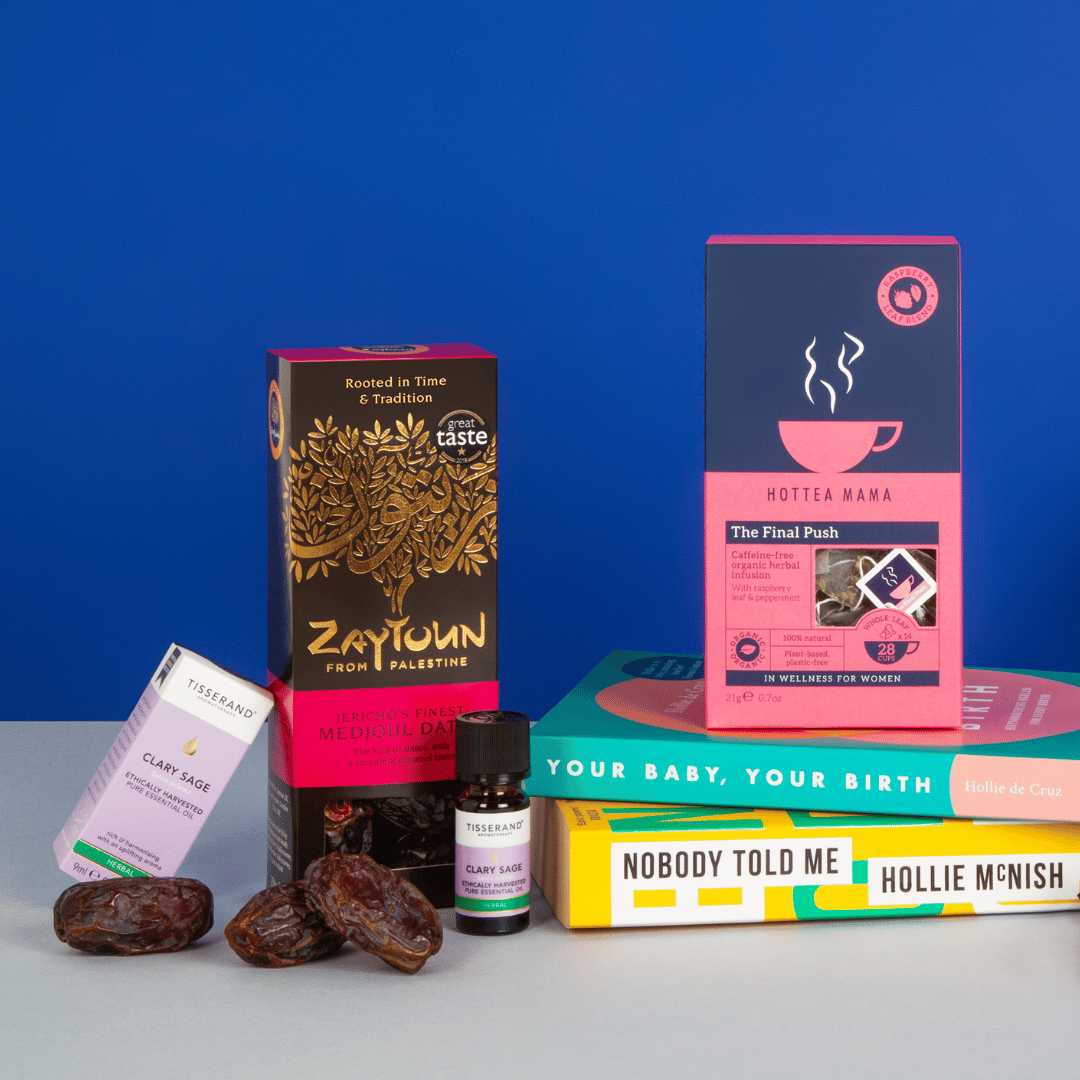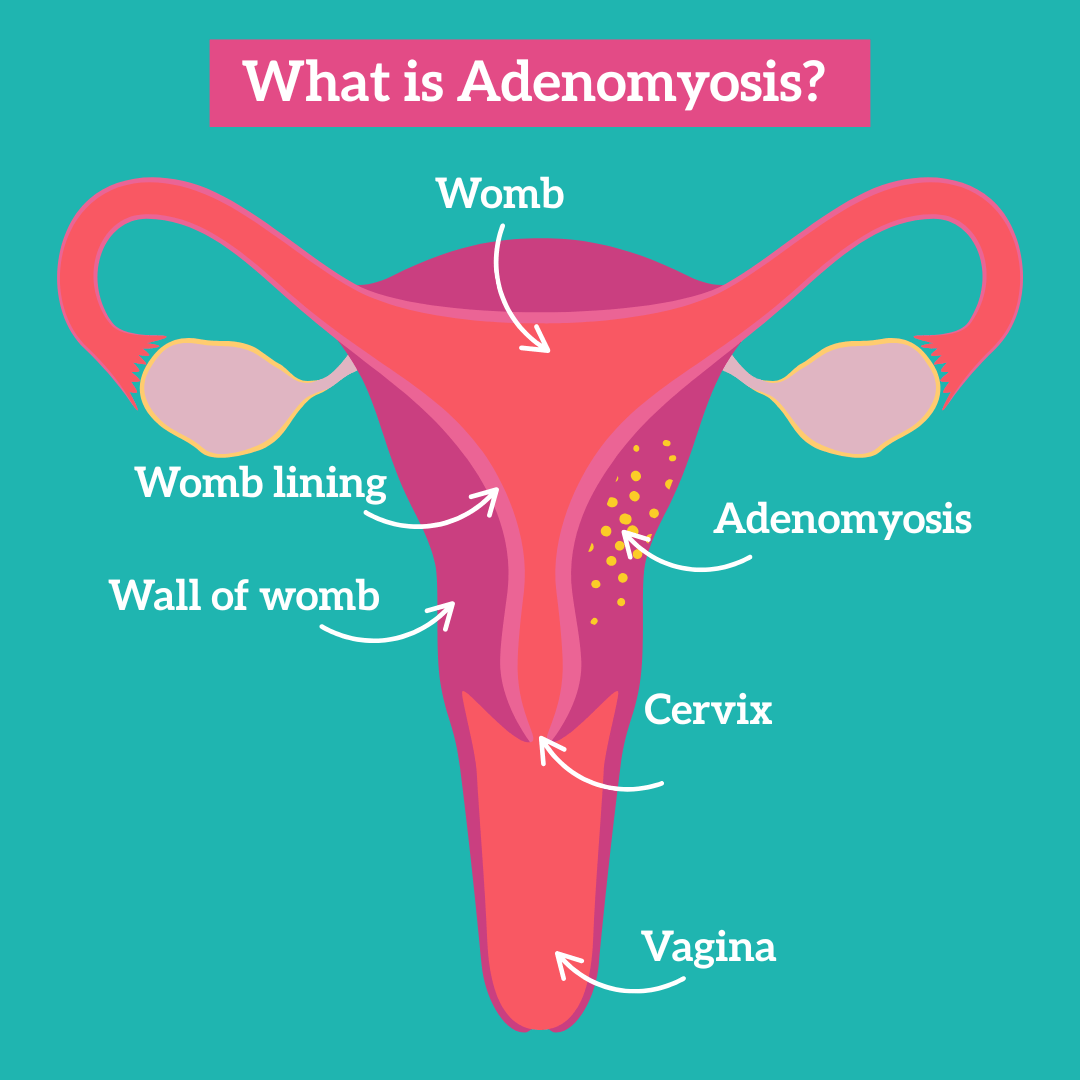What Percentage of Births Are Cesarean in the UK?

The rate of cesarean (C-section) births in the UK has risen sharply in recent years. In 2023/24, 42% of all births in England were by cesarean section—one of the highest rates in Europe and a significant increase from 29% just five years ago (BBC report). Of these, about 23.7% were emergency cesareans and 18.7% were elective (planned) cesareans (statista).
Why Are Cesareans Performed?
Cesarean sections are carried out for a range of medical and personal reasons, including:
-
Medical necessity (to protect the health of mother or baby), such as:
-
Low-lying placenta (placenta praevia)
-
Pregnancy-related high blood pressure (pre-eclampsia)
-
Certain infections (e.g., untreated HIV, late pregnancy herpes)
-
Baby not getting enough oxygen or nutrients
-
Labour not progressing or excessive bleeding
-
-
Maternal request: Some women opt for a cesarean even when not medically required, after discussing risks and benefits with their care team
-
Complex pregnancies: Increasing maternal age, higher rates of obesity, and more complicated pregnancies overall are contributing to the rise in cesareans (Conversation article).
What Can You Do to Try to Avoid a C-Section?
While some cesareans are unavoidable and life-saving, there are evidence-based ways to reduce your risk of needing one, if you wish to aim for a vaginal birth:
-
Hire a birth doula: Continuous support from a doula during labour can reduce the risk of a C-section by up to 25%.
-
Stay active: Moderate exercise during pregnancy is linked to a 34% lower chance of cesarean delivery.
-
Consider your birth setting: Home births and certain birth centres have lower cesarean rates, though these are not appropriate for everyone.
-
Delay hospital admission: Waiting until labour is well established before going to hospital may lower the risk of c-section.
-
Stay upright and mobile during labour: Movement and upright positions can help labour progress.
-
Childbirth education: Attending classes (e.g., hypnobirthing) can help you manage pain and anxiety, supporting a smoother labour.
-
Choose your care team carefully: Providers and hospitals with lower C-section rates may be more supportive of vaginal birth.
- Nourish your body in the lead up to birth - consider drinking raspberry leaf tea, eating dates and focussing on nutrient rich calories. None of these things can guarantee avoiding a c-section, but they can help you feel empowered and best prepared for natural birth.
-
Discuss interventions: Talk with your care team about the use of interventions like Pitocin and continuous fetal monitoring, as these can sometimes increase the likelihood of a cesarean.
Remember: Sometimes, a C-section is the safest choice for you or your baby. The best outcome is a healthy mother and baby—however birth happens, but talking to your healthcare team is the best first step to making the right decision for you.




Comments